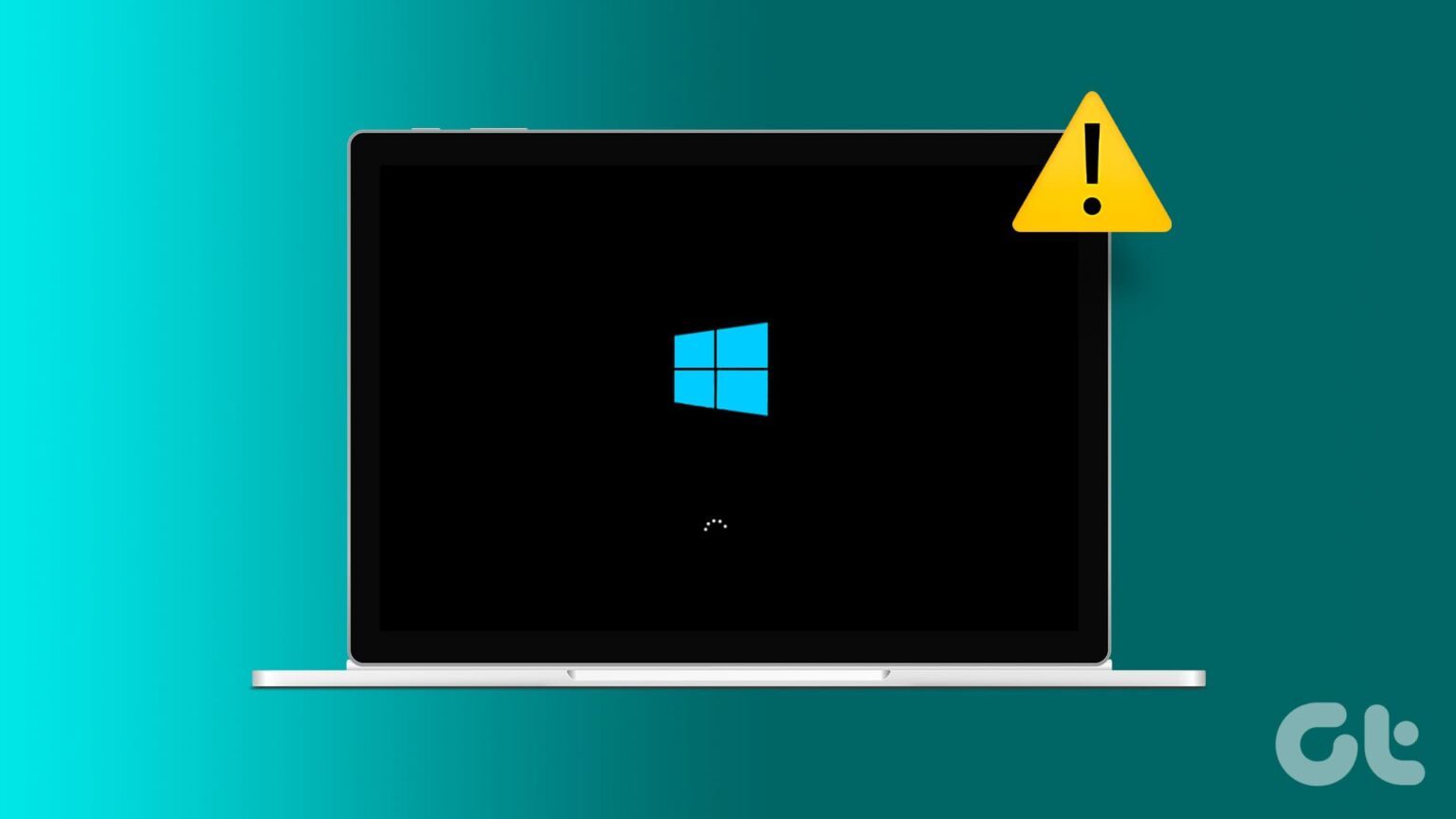If your Windows computer takes a really long time to boot up, you will be afraid to switch it on or restart it. Fortunately, slow booting can be fixed. We will walk you through the most popular solutions for slow startup difficulties in Windows 11.
Turn off Fast Startup
The fast startup option is one of the most troublesome options that might result in sluggish Windows boot times. Because it pre-loads some boot information before your computer shuts down, this is enabled by default and should shorten the starting time.
Although the name seems enticing, many individuals have problems with it. As a result, when you experience slow boot issues, you should check this setting first. Moreover, the remaining junk might also be the cause; therefore, clean your device. If manual cleaning frustrates you, try the best pc cleaner free.
To turn off quick startup, press the Windows key to launch Windows Search, then search “control” to bring up the Control Panel. In the appearing window, set the View by item at the top-right to Small icons, then choose Power Options.
Next, in the left sidebar, select what the power buttons do. To modify the settings on this page, you must grant administrator permission. To do so, click the wording at the top of the window that says Change options that aren’t available right now.
To disable this setting, first enable quick startup (which is advised) and then Save Changes. Try turning on fast startup if it’s already turned off to see if it speeds up computer bootup. The function has less of an effect if you have an SSD, but it’s still worthwhile to switch to discover which suits you best.
If you cannot locate fast startup here, it means you haven’t activated hibernation, thus it won’t appear. By right-clicking the Start button (or pressing Win + X) and selecting Command Prompt (Admin), Terminal (Admin), or Windows PowerShell (Admin), you can launch an administrator CMD window and enable hibernation.
To enable hibernation, type the following command; then, attempt to disable rapid startup once more: powercfg /hibernate on.
Adjust Paging File Settings
Windows uses virtual memory to set aside a portion of your storage disk as fictitious RAM; this area is known as the paging file. When you run too many programs at once, Windows will use virtual memory to store activities that aren’t actively using it if your physical RAM is almost at its limit.
Some users have discovered that Windows has the ability to alter virtual memory settings by itself, which can lead to boot problems. Therefore, you should check your virtual memory configuration to see if you can adjust them to resolve the issue of a slow boot.
You can accomplish this by typing Performance into the Start search box and selecting Adjust Windows’ appearance and performance. You can modify the paging file’s size by clicking on the Change button under the Advanced tab.
The bottom values on the generated window are significant. Both the Currently Allocated value and the Recommended amount of RAM will be displayed. Some individuals with this problem discover that their current allocation is significantly higher than what is advised.
If yours likewise seems off, uncheck Adjust the paging file size automatically for every drive. After selecting Custom Size, enter the Initial Size and Maximum Size into the suggested settings for your system. You should see an improvement in boot times after rebooting.
Update Graphics Drivers
Driver issues are a common problem with modern Windows versions; therefore, it’s possible that an old or incorrect driver is interfering with the boot procedure. The next thing you should try is updating your graphics card drivers, which might occasionally resolve boot problems.
Right-click the Start button (or press Win + X) and select Device Manager to launch the Device Manager. To find out which graphics card you are using, go to Display Adapters.
Try installing any available updates, restarting, and observing whether your boot times improve.
Conclusion
Applying one or more of these updates should have resolved the issue for you. Although slow startup times are very annoying, there are ways to help. Hopefully, the upcoming major upgrade of Windows 11 will resolve your issue if nothing else does.


